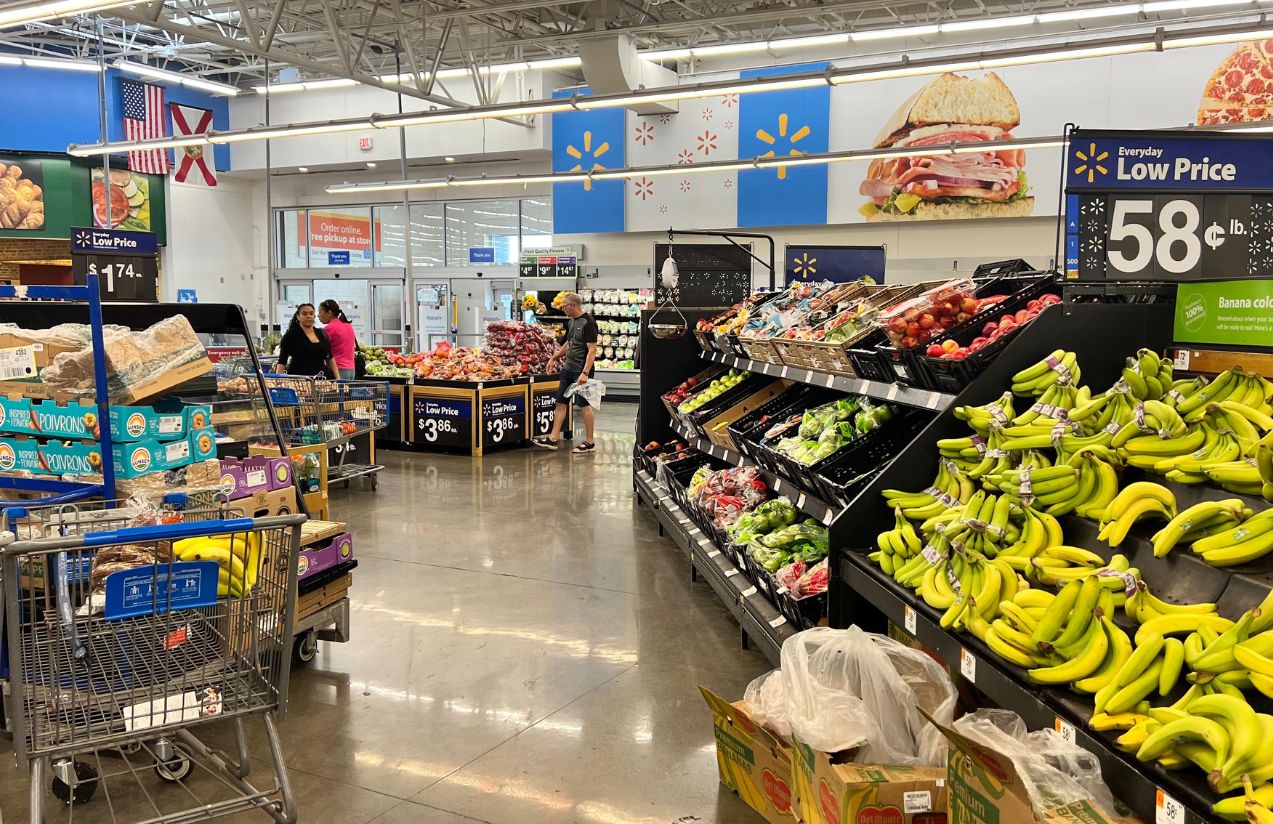Recently, the President of the United States, Donald Trump, signed an executive order to eliminate tariffs on key products such as beef, coffee, and tropical fruits, in response to growing consumer pressure over the high prices of these goods.
The measure aims to ease inflationary burdens, especially on essential items that have reached record prices in recent months. It is also aligned with broader trade agreements with countries such as Guatemala, El Salvador, Ecuador, and Argentina, designed to reduce duties on imported agricultural products and improve the flow of goods into the U.S. market.
The Food Industry Association welcomed the decision, calling it a “quick tariff relief” and emphasizing that import taxes remain a major factor contributing to supply chain challenges and higher costs for both retailers and consumers. Economists have also noted that reducing tariffs may help stabilize food prices more quickly than other policy tools, given the direct impact on wholesale and retail markets.
Why did Trump decide to reverse his own tariff policies?
Because political pressure and voter dissatisfaction, especially after elections in which the economy was the main concern, pushed him to prioritize lowering costs for consumers. Additionally, analysts suggest that easing trade barriers could help improve diplomatic relations and strengthen regional cooperation in the agricultural sector.

